Issue #3 - The Stars in the Dark
It’s clear we’ve emerged from a challenging time. Many European winegrowers have faced a difficult growing season, and the wine market itself has seen considerable shifts. At Amelie Switzerland, our direction is clear: we want to strengthen our connections with customers, understand the people behind our products, and bring everything together under one roof – Amelie. In this third issue, we’re excited to introduce some lesser-known brands, perfect for the colder months. We hope to hear from you soon and look forward to Amelie being a part of your journey.
Warm Regards,
Alexander Mackh
Bottles
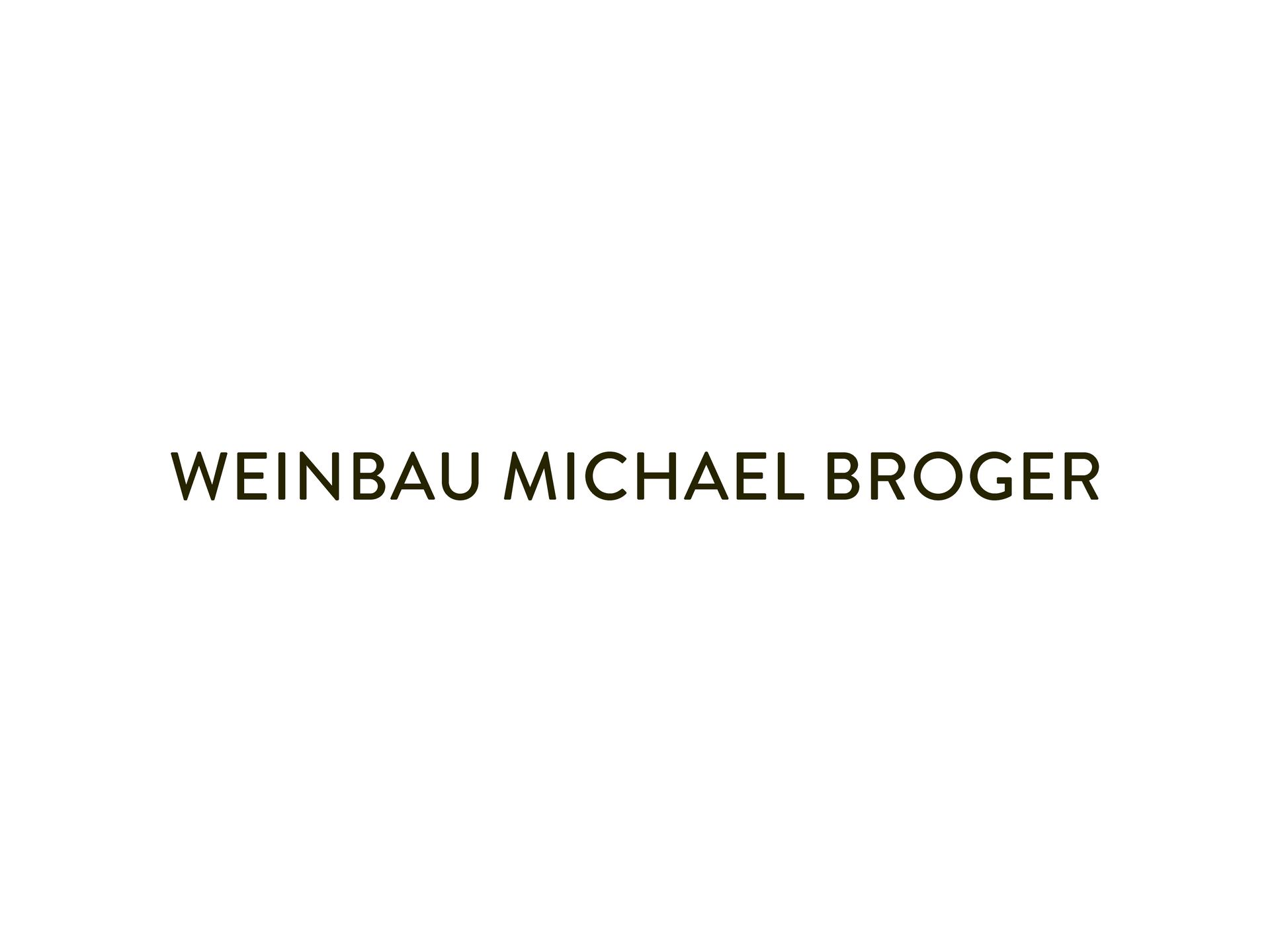
📍Weinfelden, Switzerland
Michael Broger’s domaine is nestled in the lesser-known region of Thurgau, just south of Lake Constance. We discovered this biodynamic winery in 2024, and since then, we’ve had the pleasure of tasting some of his older vintages. Michael embraces a natural winemaking philosophy—no temperature control, minimal copper, and low SO2 usage. His Pinot Noir is exceptionally well-crafted, and we are eager to introduce it to a wider audience, showcasing the unique character of his wines from this overlooked region.
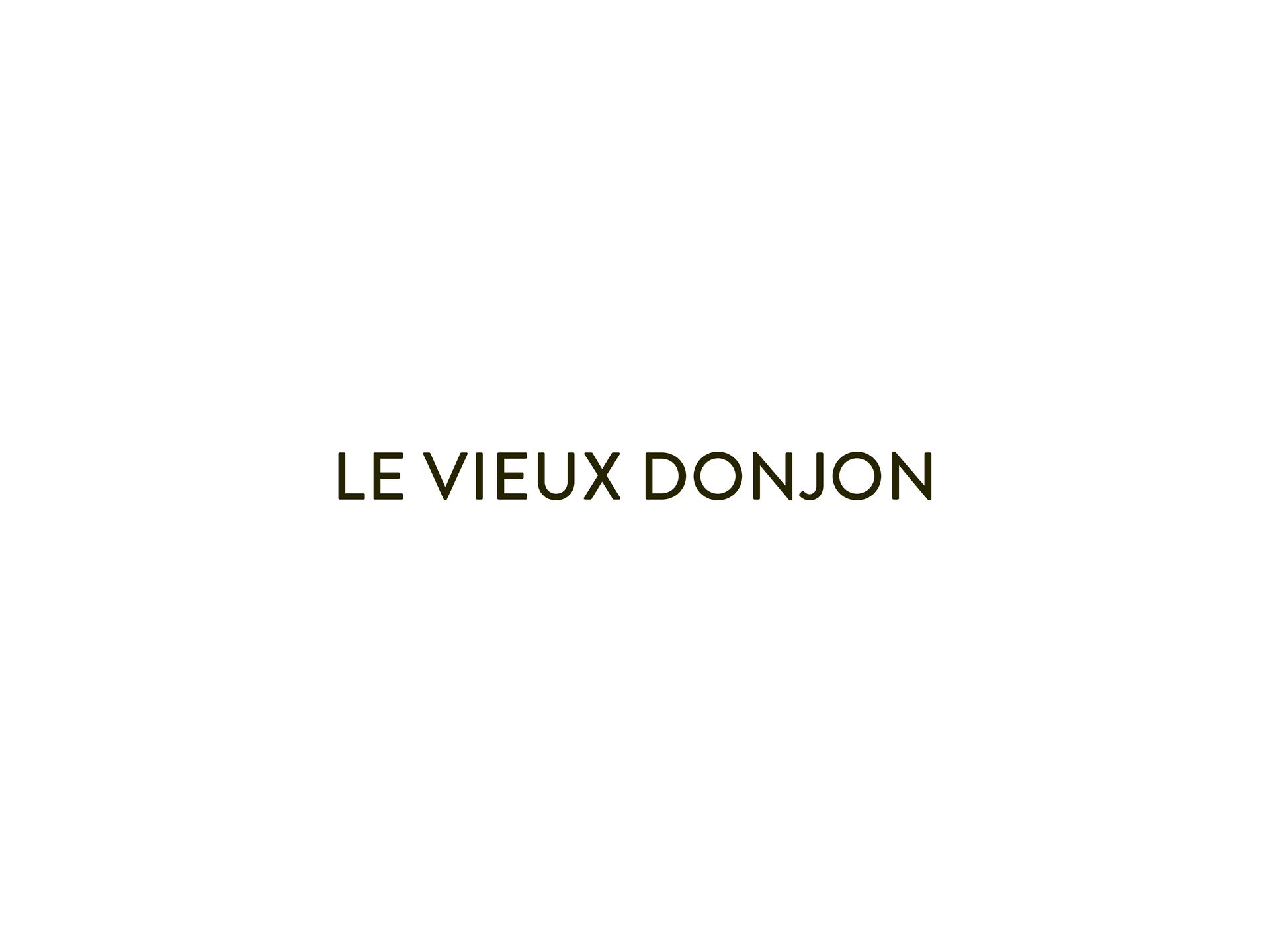
📍Châteauneuf-du-Pape, France
Our first vintage from Claire Fabre was the 2015, a standout year in the region known for its ideal weather and balanced wines. With experience at Harlan in Napa Valley, Claire masterfully manages heat to create fresh, vibrant wines. Her traditional winemaking approach uses concrete vats for fermentation and large oak barrels for aging. The wines are distinguished by a high percentage of Grenache from 100-year-old vines, which imparts remarkable complexity and depth, making them an excellent choice for the colder months ahead.
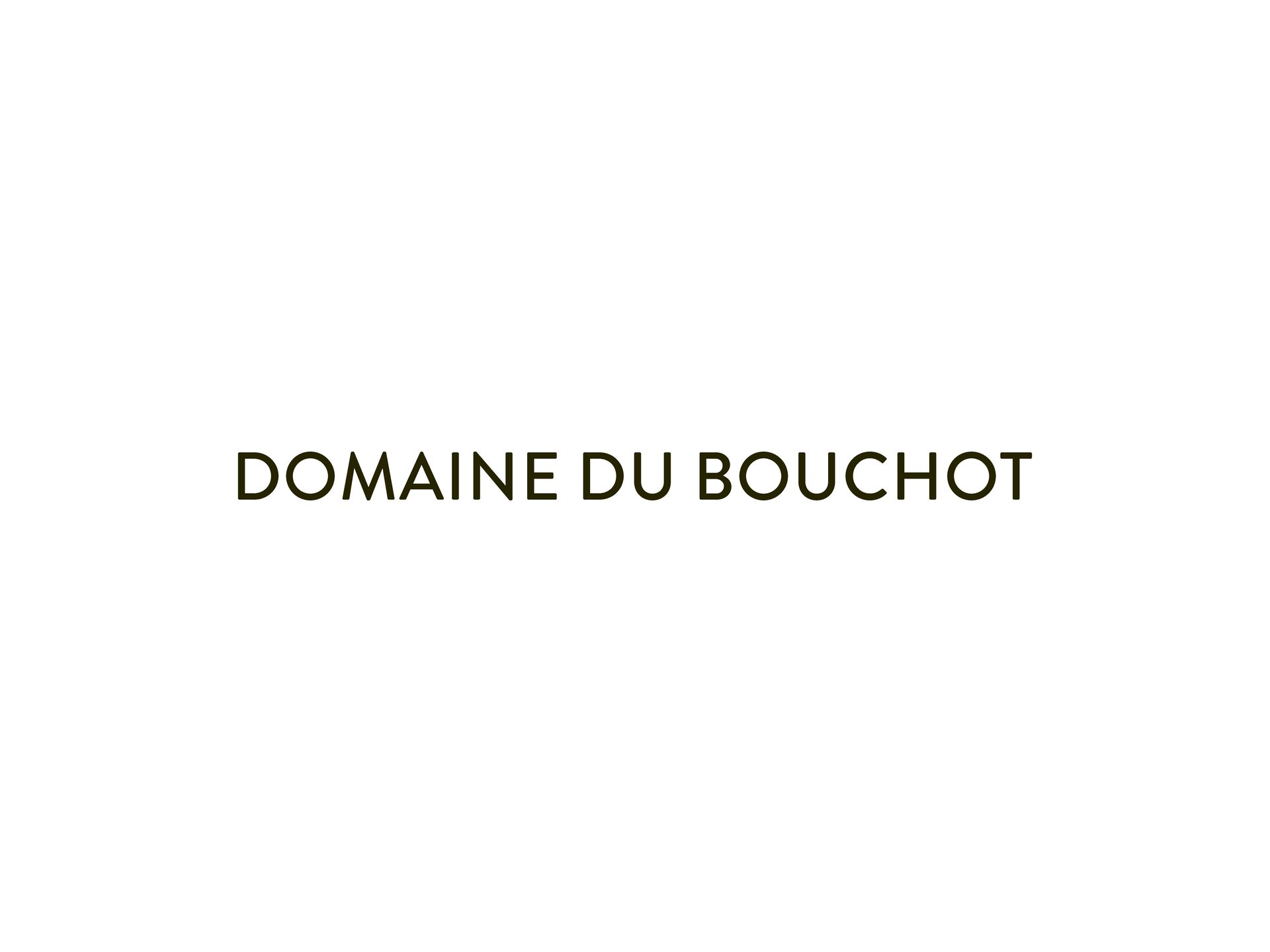
📍Pouilly-Fumé, France
Antoine Gouffier, a passionate winemaker from a family deeply rooted in viticulture, brings a unique approach to his craft. With a background in oenology, he is fully committed to organic and biodynamic farming, an impressive feat given the challenging weather conditions in Pouilly-Fumé. In the cellar, he uses minimal SO2 and allows fermentation to occur naturally with ambient yeast. His Sauvignon Blancs are truly on another level, and we are proud to have represented his wines since 2024, offering a distinctive expression of this classic variety.
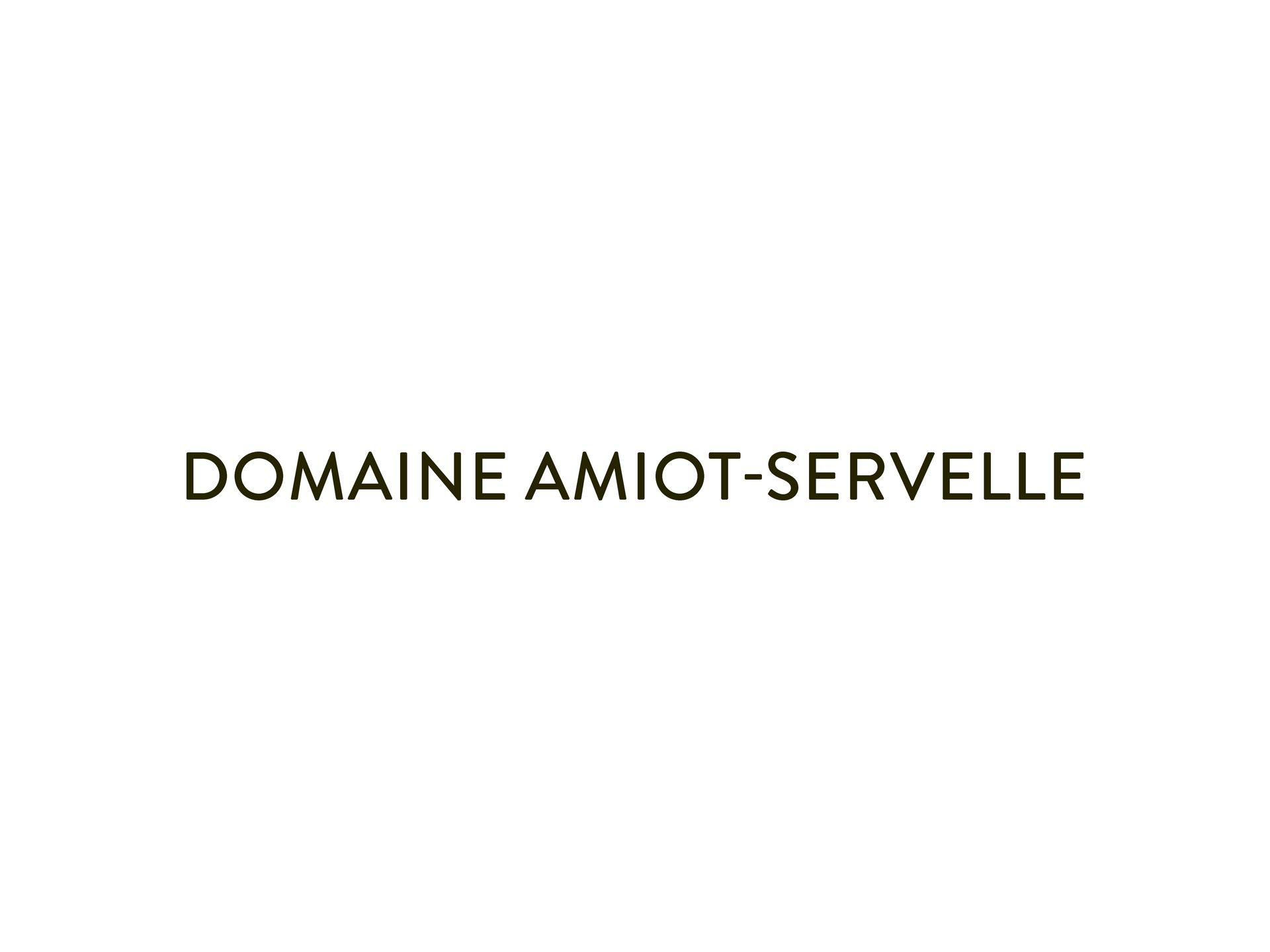
📍Chambolle-Musigny, France
Antoine and Prune Amiot, the next generation at this Burgundy estate, bring an inspiring energy and deep commitment to their family’s legacy. Their dedication to producing exceptional wines from remarkable terroir is evident in everything they do. With their state-of-the-art winery, designed for precision and minimal intervention, they allow the wines to naturally express the purity of the land. Their recent conversion to biodynamic farming, started in 2018, is a labor of love that has truly taken the quality of their wines to new heights.
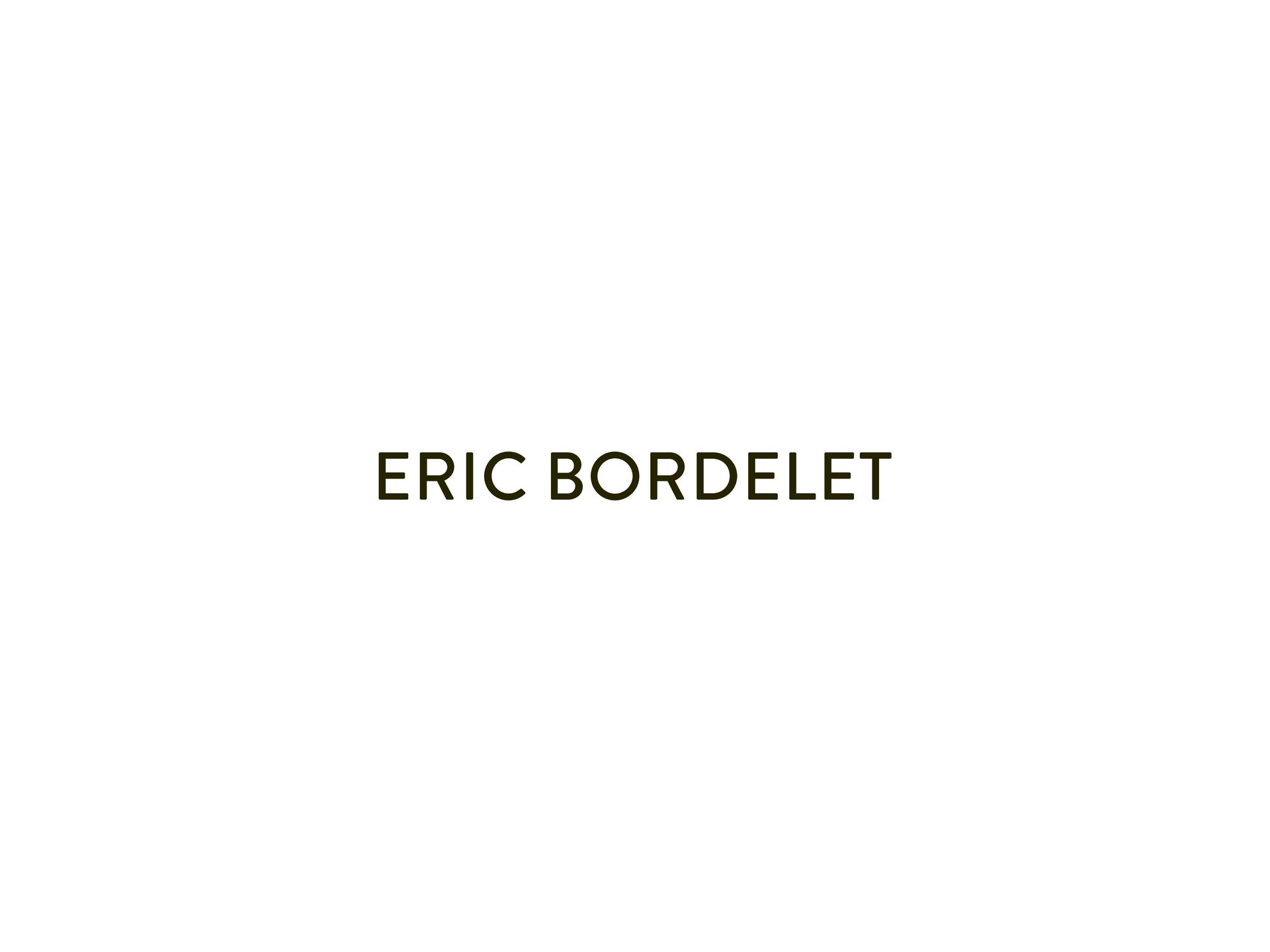
📍Normandy, France
Eric Bordelet, once a top Parisian sommelier, returned to his family farm in Normandy in 1992 to craft exceptional ciders and poirées. With over 20 apple varieties and ancient pear trees, some over 300 years old, he employs biodynamic methods and traditional fermentation. His ciders are known for their fine bubbles and remarkable balance, akin to fine wines. We’ve been fortunate to experience his work firsthand for the past five years, and now his children continue his dedication to quality and tradition.
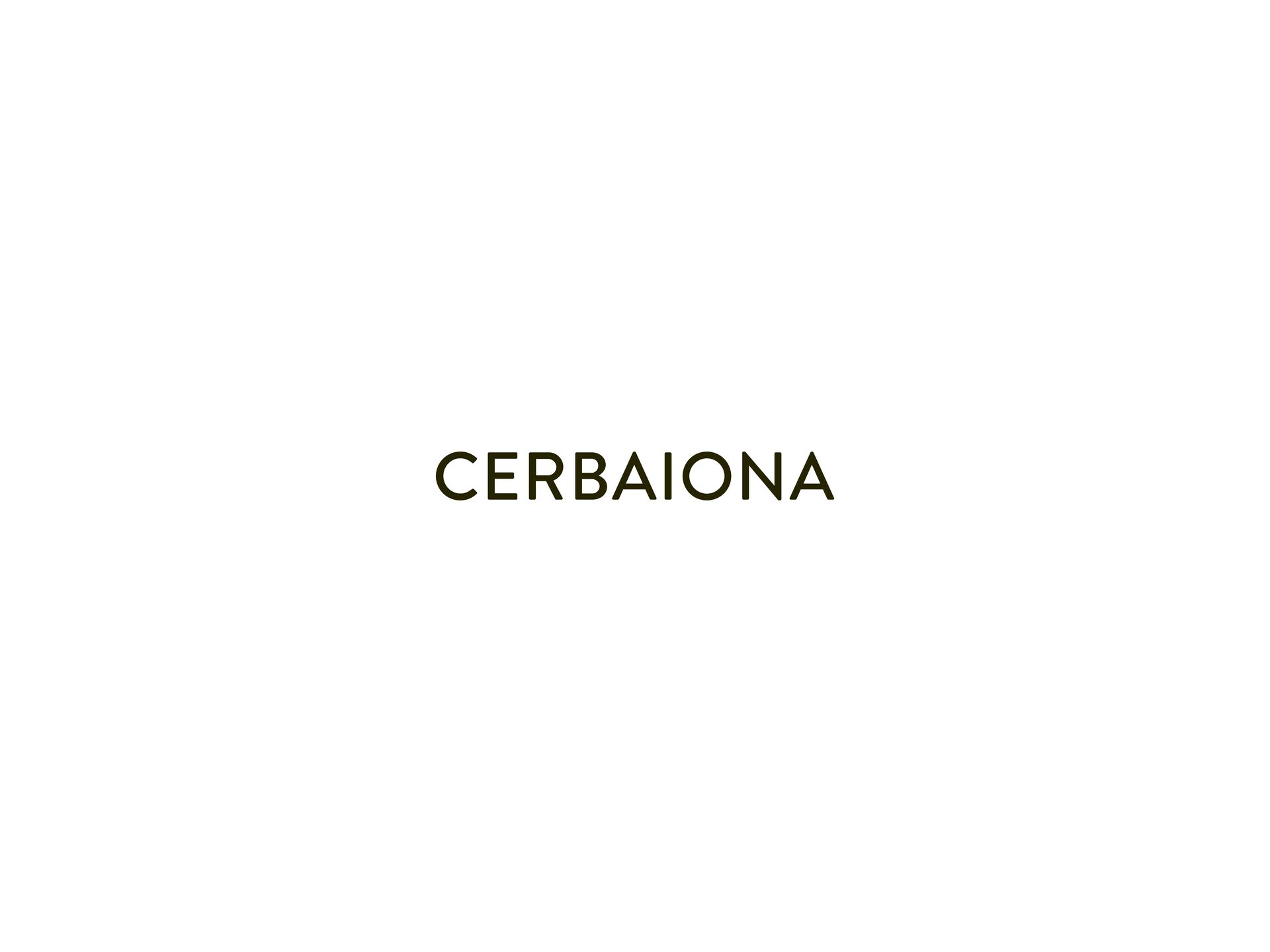
📍Montalcino, Italy
Founded in 1977 by Diego Molinari, this estate became legendary for its traditional Brunello wines. Located on the eastern side of Montalcino at 350 meters altitude, it benefits from cool breezes and soils rich in galestro and alberese, contributing to the wines' structure. Since 2015, under Matthew Fioretti's leadership, the estate has replanted vineyards and embraced organic practices. Notably, the wines are made with spontaneous fermentation in concrete tanks, preserving the authentic character of the terroir.
Glasses
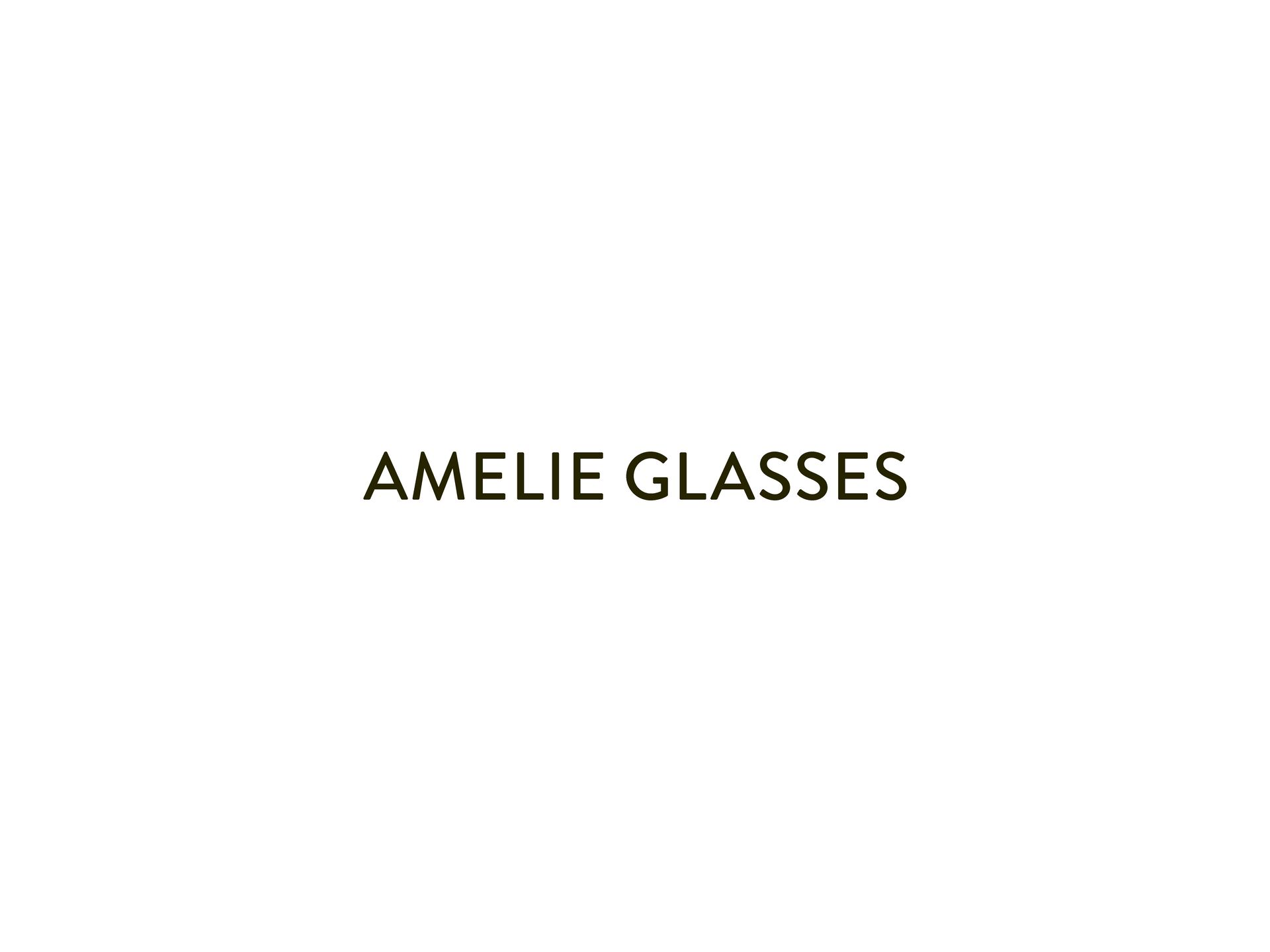
Designed by Alexander Mackh, this range of mouth-blown glasses has a short but impressive history, gaining quick adoption globally. The first awarded restaurant to embrace these glasses is Einstein** in St. Gallen, and they are now available in over 10 countries. The focus of this collection is to set new standards in compact, functional glassware design, offering an innovative approach that blends elegance with practicality for both dining establishments and wine enthusiasts.
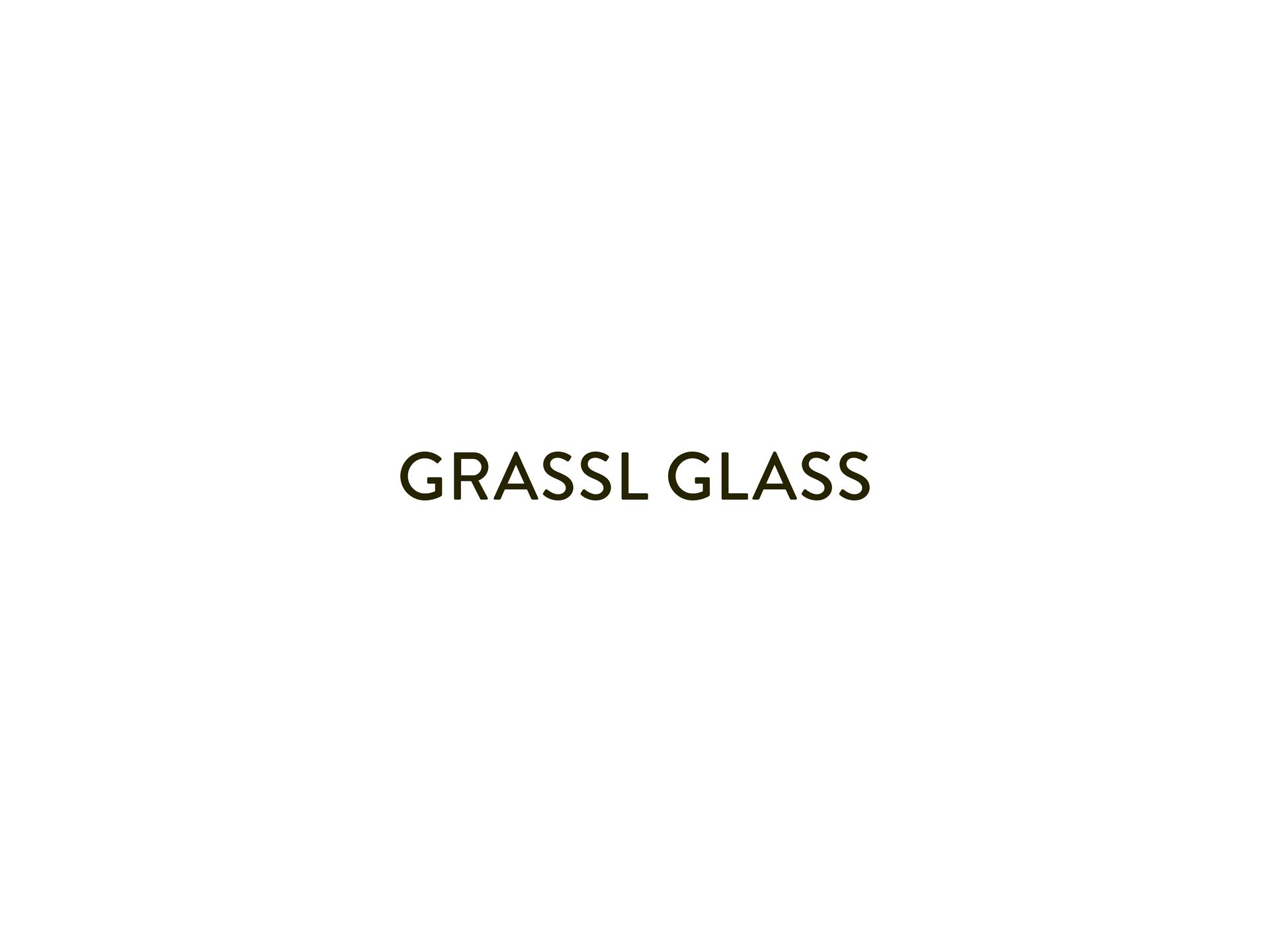
Founded by Alexander Mackh, this glassware line has a relatively young history but has quickly gained recognition for challenging conventional glass shapes and rethinking what truly works for wine today. The collection is designed and tuned with wineries in mind, offering a new experience for both professionals and enthusiasts. In recent years, many awarded restaurants have adopted these glasses, including Odette*** in Singapore, Jean-Georges** in New York, and Widder** in Zurich, further solidifying their place in the world of wine.

Amelie Rental
This program was launched to support wine tastings and events by offering winemakers the flexibility to rent glassware for several days, instead of purchasing them outright. This service is for professional settings, allowing for high-quality presentations without the long-term commitment. In addition to glasses, spittoons are often provided to maintain professionalism and uphold industry standards during tastings, ensuring that winemakers can focus on showcasing their wines with ease and convenience.

Grassl Glass Rental
Sometimes, a good experience can be transformed into a truly great one. This program was created for both individuals and professionals, offering the opportunity to use mouth-blown, style-specific glassware during tastings. The right glass can make a significant impact on how a wine is experienced, allowing it to be properly showcased just as the winemaker intended. This approach elevates the entire tasting experience, bringing out the best in every wine, and ensuring it is enjoyed to its fullest potential.
Lifestyle

Mariia Mackh places quality and functionality at the forefront when selecting accessories. Each piece is purposefully chosen: the champagne stopper must provide the best possible seal for sparkling wines, the bottle protector is designed to minimize the risk of breakage, the corkscrew ensures smooth, repeated use, and the spittoon is crafted with winemakers in mind, offering both practicality and a design. Every detail is carefully considered to meet the highest standards.
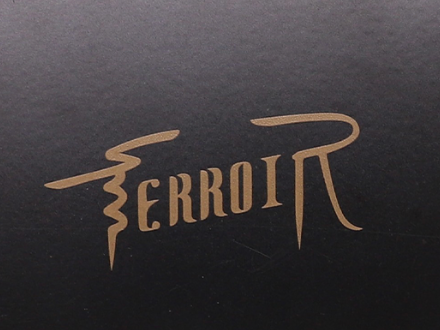
Maison Terrior
You know that when something is manufactured in Taiwan, it’s built with precision. This corkscrew is no exception, combining two long blades with a helix screw to expertly extract corks, even those that are brittle from dryness or wetness. The length of the blades and the thickness of the spiral are designed to hold the cork securely, reducing the risk of breakage and ensuring a smooth, successful removal every time. It’s an ideal tool for those who need reliability and precision.

Kaymet
Few manufacturers in the United Kingdom can claim the prestigious title of being official suppliers appointed by the royal family. Since its founding in 1947, this traditional company has specialized in crafting high-quality trays and trolleys, which are now used by royals and luxury establishments worldwide. The use of anodized materials ensures that these products are lightweight, durable, and finished to perfection, offering both practicality and a pristine aesthetic that meet the highest standards of excellence.
Stories
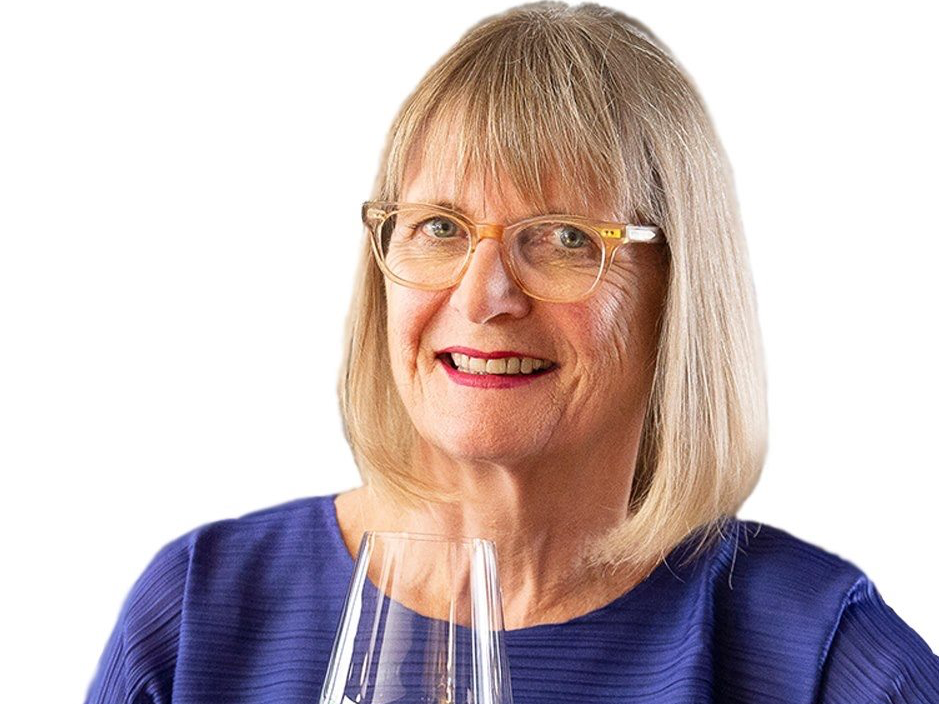
Jancis Robinson
She is one of the world’s leading wine authorities, known for her expertise as a Master of Wine and influential critic. Her books, such as “The World Atlas of Wine” and “Wine Grapes,” are praised for their thorough research, clarity, and accessibility. What sets her work apart is her ability to explain complex wine topics in a way that appeals to both professionals and enthusiasts. Her books offer a deep dive into the world of wine, making them essential reading for anyone passionate about the subject.
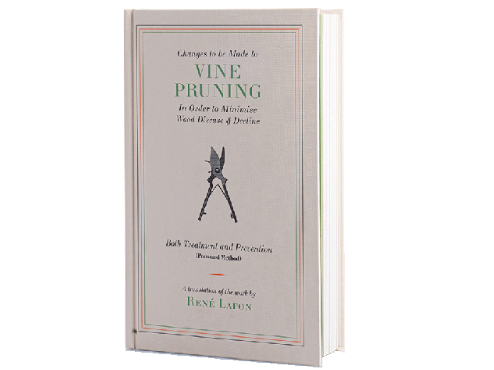
René Lafon
“Changes to be Made to Vine Pruning” is a must-read for anyone passionate about viticulture. This insightful guide delves into the Poussard pruning method, a technique that promotes healthier vines by preserving the natural sap flow and reducing the risk of wood disease. With practical tips and detailed explanations, Lafon’s expertise offers a transformative approach to vine management. Whether you’re a seasoned winemaker or an enthusiast, this book provides invaluable knowledge that will elevate your understanding of vineyard care.
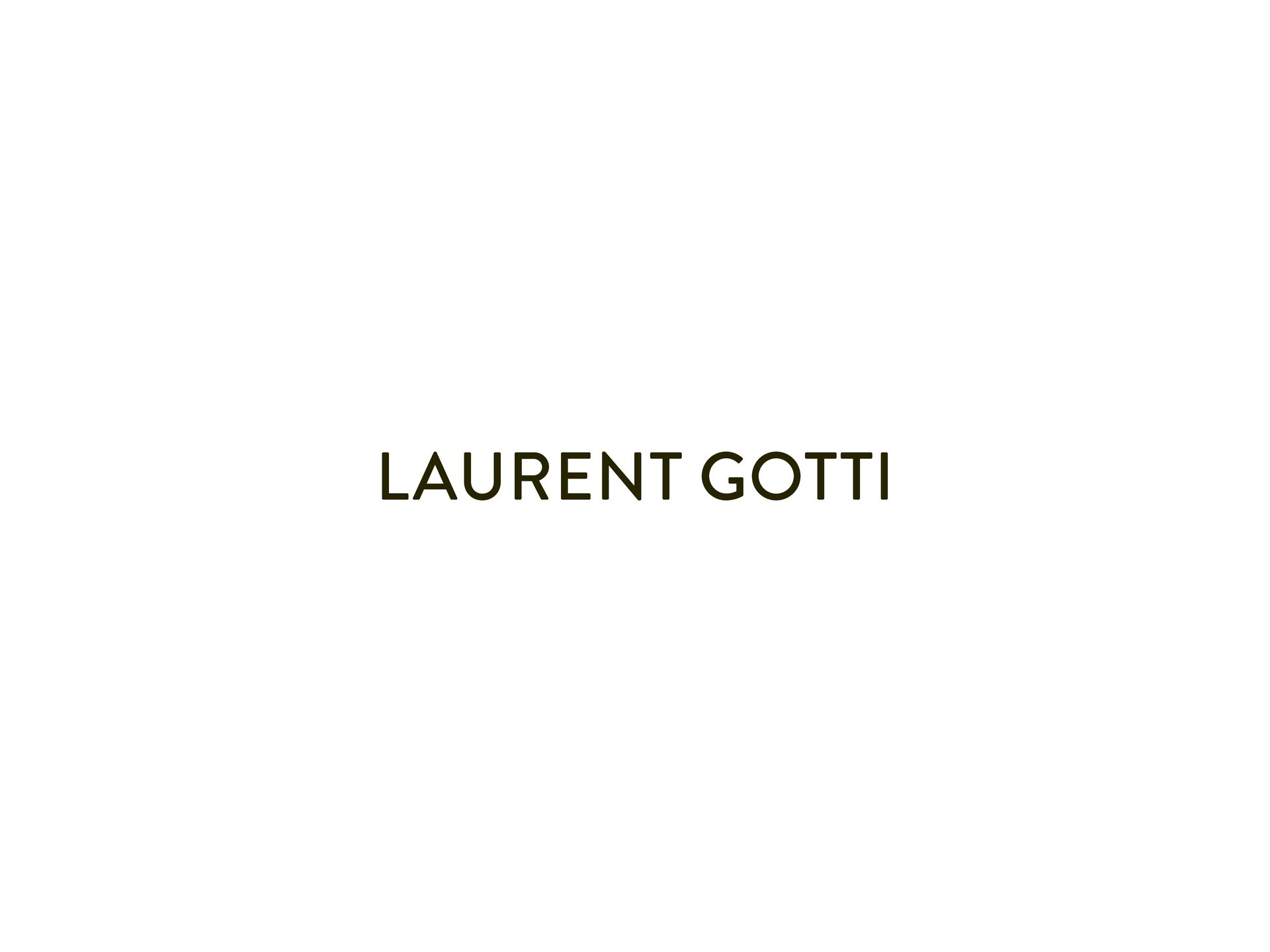
He has distinguished himself with an impressive selection of works that offer in-depth insights into Burgundy’s vineyards. His “Les Grands Crus de Bourgogne” and other books focus on the region’s prestigious climats, while his detailed vineyard maps, from iconic sites like Montrachet, provide readers with a unique look into the individual producers working each parcel. These maps not only delineate the vineyards with precision but also highlight the nuances of each plot, offering a comprehensive view of Burgundy’s complex terroir and winemaking traditions.

Pedro Parra
“Terroir Footprints” is a captivating journey through the world of terroir, blending autobiography and travel narrative to explore the deep connection between soil, rocks, and wine. With over 20 years of global experience, Parra brings unique insights from regions like Burgundy, Barolo, Napa, and Chile’s Itata Valley. This book delves into how the earth beneath the vines shapes wine character, making it a must-read for wine enthusiasts seeking a deeper understanding of terroir’s impact on wine
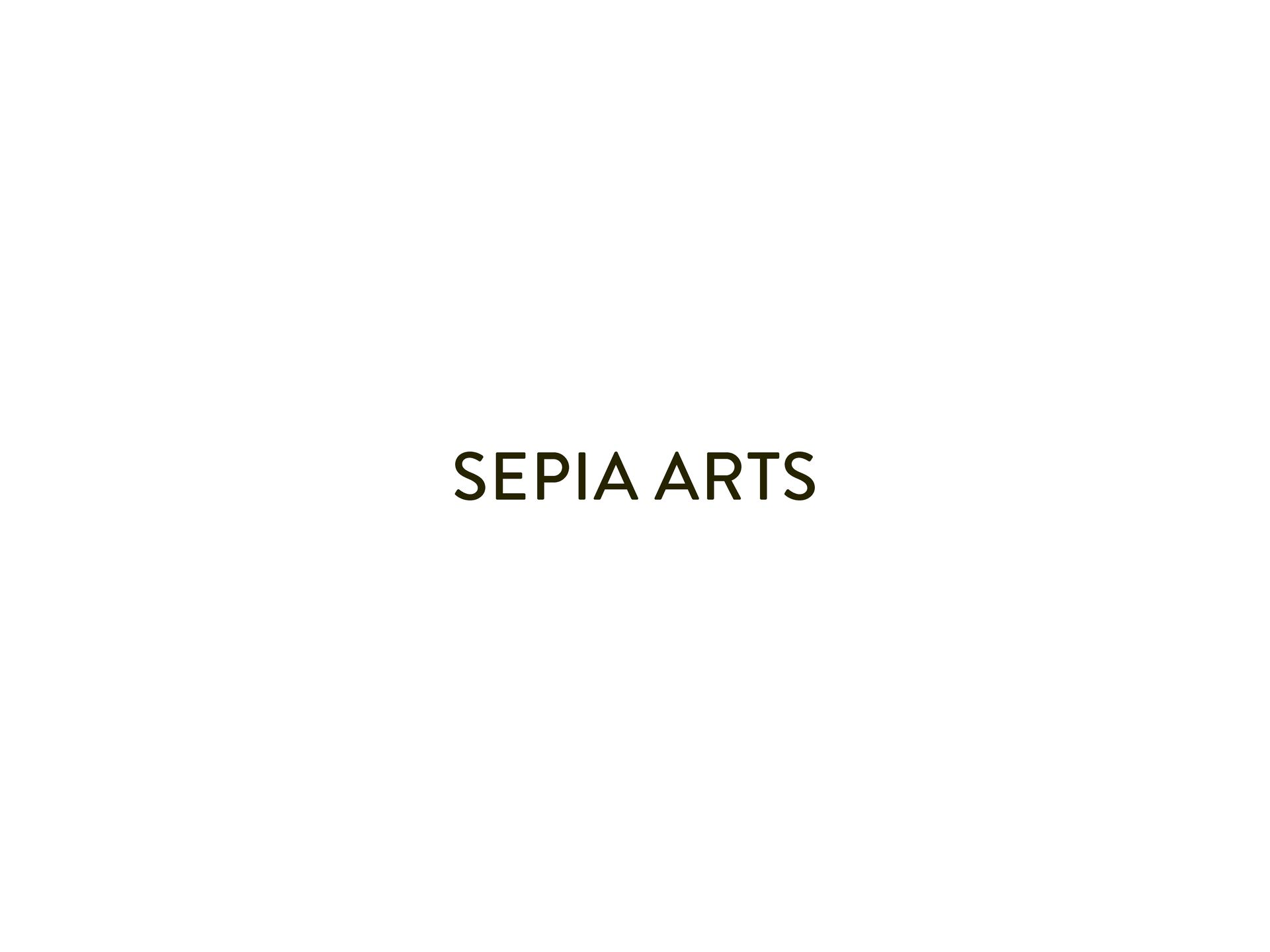
The most beautifully crafted wine maps of Burgundy’s Côte d’Or, covering the Côte de Beaune and Côte de Nuits, provide an intricate look at over 1,500 climats and lieux-dits, the specific vineyard plots that shape Burgundy’s legendary wines. With detailed color-coding to indicate quality levels from Grand Cru to Village appellations, the maps serve as both practical tools and elegant displays. They also highlight producer names and precise plot boundaries, offering a deeper understanding of the region’s unique terroirs and wine heritage.